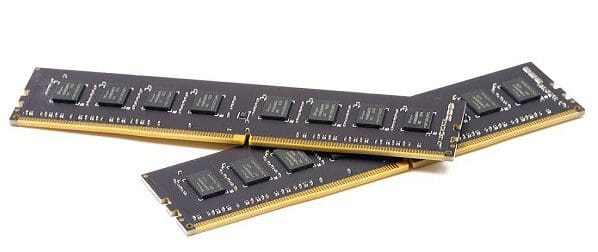The relentless drive for new technologies and terminology has dominated the computing industry since its inception.
The term extended memory is precisely one such case, being relevant for less than a decade.
The IBM PC was trendy when it was released in 1981.

It utterly dominated the home computer market.
Its dominance inevitably resulted in an army of clones.
It also resulted in many software being designed to be compatible with it.
This locked in some design issues for the best of a decade.
Contents
Limits of Memory
The original PC used Intels 8088 CPU.
This CPU had a hard limit on the amount of memory that it could address, 1MiB.
While that may sound like a huge issue nowadays, it wasnt when the PC was released.
Memory was expensive, and small amounts were standard.
This memory wasnt just used for RAM, either.
Of the 1MiB of memory, 680KiB was allocated to RAM.
This was known as the conventional memory area.
The remaining space was referred to as the upper memory area.
In time, expanded memory offered ways to swap extra memory in via a memory window.
This was, however, a bit of a kludgy solution.
The real solution was to allow more memory.
Later successors to the PC utilized newer CPUs.
Technical advances allowed them to address more memory.
This is called the High Memory Area or HMA.
Its another legacy of the 8088.
To allow this, the last 64 KiB was wrapped around the first 64.
Unfortunately, some software developers decided that this was a feature they should use.
Many software isnt designed to support larger memory pools that PC successors offer with extended memory.
For that reason, expanded memory also became popular.
Just like expanded memory, extended memory was a term associated with IBM PCs and the DOS operating system.
This removed all need to define different memory sections for different purposes.
Technically this means that the term extended memory is obsolete.
It is possible to interpret the definition as referring to all memory above 1MiB.
However, even if those sections below it are no longer separately labeled.
Its probably better to treat the term as obsolete, though.
The memory space is no longer treated differently, so the need for differentiation has gone.
Conclusion
Extended memory refers to memory after the first 1MiB of memory on DOS computers.
It could be interpreted as referring to any memory above 1MiB, no matter the operating system.
As Windows and other graphical operating systems have superseded DOS, that entire vocabulary has been obsoleted.